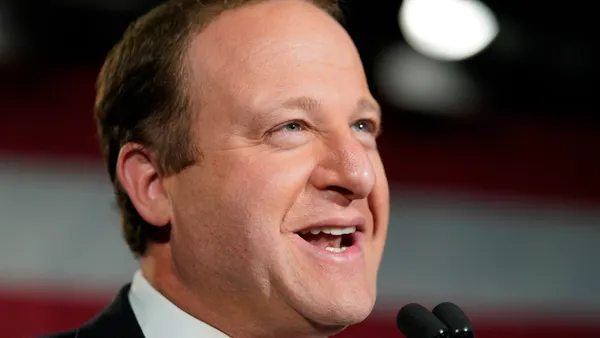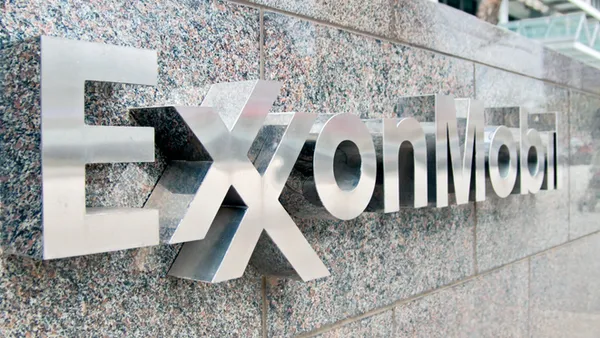CSR is a BFD — big, formidable deal. Corporate responsibility reports are top of mind as a social justice accountability measure, particularly in the wake of 2020’s anti-racism zeal. They are also a tool for retention as workers, especially Generation Z, aren’t afraid to part ways with a company whose values don’t align with theirs. Exhibit A: the Deloitte Global 2022 Gen Z and Millennial Survey, in which about 75% of respondents said the world is at a tipping point in responding to climate change, but 18% of Gen Zers and 16% of millennials believe their employers are actually committed to fighting the problem.
Exhibit B: As of late, many workers have what Randstad calls a “purpose over paycheck” mentality. In its Workmonitor 2022 report, 40% of millennials and 42% of Gen Zers surveyed said they’d take a pay cut if their job contributed to the betterment of society. Likewise, 48% of millennials and 49% of Gen Zers told Randstad they wouldn’t accept a job if a company’s social and environmental stances didn’t align with theirs. Across age groups, about 40% workers said they would turn down a job offer if the company wasn’t proactive in its diversity and equity efforts.
Labrador, a firm focused on corporate disclosure, announced the winners of its 2022 U.S. Transparency Awards at the top of August. Picking from the pool of the S&P 250, Labrador assessed companies on the availability of their proxy statements, their Form 10-K documents, their digital presence regarding investor relations and their code of conduct.
Winners included Accenture, AIG, Allstate, Cognizant, CVS, Honeywell, Target and S&P Global, naturally. The top honoree, winning the “Overall Transparency” category, is Intel. Nneoma E. Njoku, head of Labrador U.S., spoke to HR Dive about the science behind the audit, and the benefits companies reap with bolder displays of transparency regarding demographic data, equity commitments and environmental stewardship.
This Q&A, conducted over email, has been edited and condensed for clarity.
HR Dive: Beyond how each company measures up to Labrador award criteria, what have you observed as far as which data points companies tend to disclose? For example, are pay ranges more commonly disclosed than demographic data or environmental practices?
NNEOMA E. NJOKU: Compensation of the top five named executive officers is a requirement for publicly traded companies to disclose. Companies can go far beyond required disclosure providing investors with key information and insight on how compensation decisions are made.

For instance, within the CD&A: 84% of companies mentioned the say-on-pay score from the year prior, 91% noted whether there is a clawback provision for executive compensations and 88% included a summary of key compensation practices and policies.
Conversely, while we do see several companies going above and beyond — in response to new regulations regarding human capital management disclosure in the Form 10-K — only 50% include a subsection on culture and engagement. Fewer than 40% disclosed workforce statistics on race.
Environmental and social governance reporting is increasingly important to stakeholders, but it is not currently mandated. So we still see only 46% of companies sharing a CSR or ESG section with key information to describe highlights such as diversity, gender parity, carbon emissions, etc.
Just 42% mention gender pay equity; and 44% do not use diversity, environmental, or other ESG-focused metrics in the annual incentive program.
Which company in this 2022 cohort is a standout to you?
Intel took top honors in Labrador’s 2022 U.S. Transparency Award, scoring high across all documents reviewed, including the annual proxy statement, Form 10-K, investor relations website and code of conduct.
The company provides information well beyond required disclosure, emphasizing key information through graphics to enhance reader comprehension. Within its proxy statement, Intel outlines key governance changes and its board’s areas of focus in a clear, concise manner. It discusses its position on diversity beyond the board level (including in recruiting employees) and includes a message from its compensation committee presenting compensation program highlights (only 12% of the S&P 250 include a letter from the compensation committee).
Intel’s Form 10-K goes beyond required disclosure by clearly presenting the company’s business and strategy. Several graphics are used to aid the reader in understanding complex ideas and also business highlights. Photos and quotes from business unit leaders provide a human element to a typically hard-to-read document.
What trends have you noticed year over year? Do you feel like summer 2020’s racial justice protests influenced conversations about corporate transparency?
There is a heightened public scrutiny of corporate practices as U.S. companies struggle with a wide range of social and environmental issues — from diversity and gender parity, to carbon emissions and more.
While this transparency expectation is not driven by a single coalescing issue, in our experts’ review of the S&P 250 corporate disclosure documents, we do see a significant year-over-year increase in the percentage of companies including CSR or ESG highlights in graphic form since 2020. Notably, 25% of companies included this information in 2020; 32% in 2021; 46% in 2022.
We also see a substantial increase in companies integrating ESG metrics into their compensation programs. In 2022, 56% included diversity, environmental, or other ESG-focused metrics in the annual incentive program, up from 40% in 2021.
Further, for the first time, we also noted that 97% of companies discuss at what level its ESG initiatives are overseen — management, board, specific board committee — within the proxy statement.












